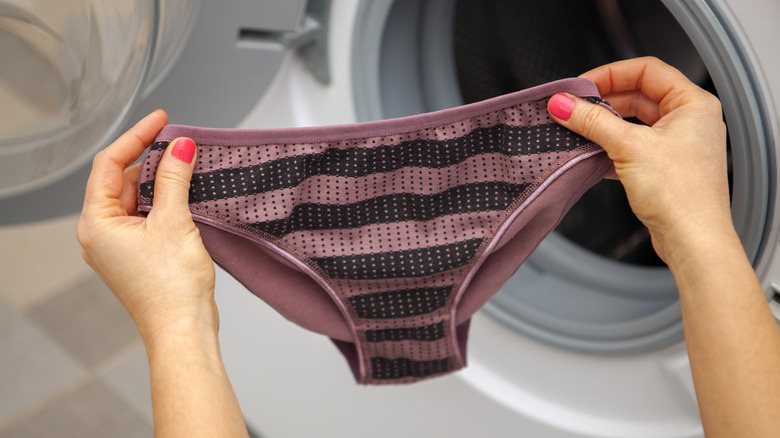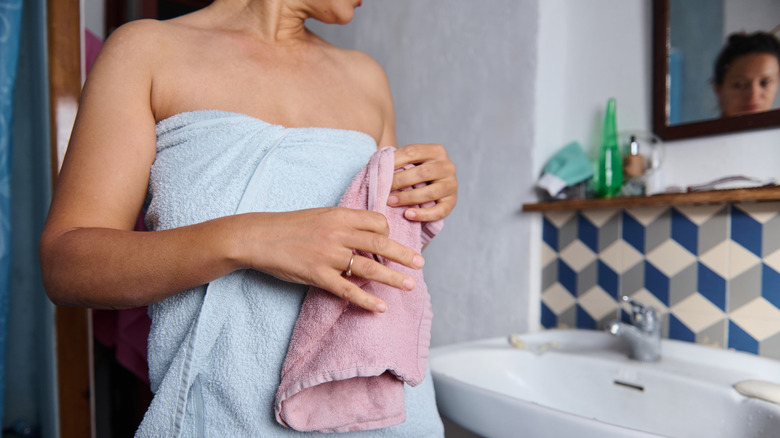
If you’ve ever heard Joey Tribbiani proudly declare, “I’m going commando!” on “Friends,” you probably had a good laugh — and maybe even a few questions. While it might sound like just another quirky sitcom catchphrase, the term actually refers to going without underwear. And whether it’s for comfort, convenience, or just to avoid panty lines, ditching your drawers is more common than you might think.
But beyond personal preference, skipping your skivvies might have some unexpected benefits — particularly for your skin. One surprising perk? It could actually help with ingrown hairs.
Also known as “razor bumps” or “barber bumps,” ingrown hairs are no joke. These irritating bumps can show up after shaving or waxing, often looking red, swollen, or even a little pus-filled if they become infected. They’re not just unsightly; they can be itchy, uncomfortable, and slow to heal. That’s where your underwear (or lack thereof) might make a difference.
Not wearing underwear can help with ingrown hairs

It really comes down to friction: Wearing any sort of tight clothing, including underwear, can cause ingrown hairs because the movement of your body causes your hair to rub against your skin. Hairs can then become turned around, making it easier for them to be pushed back into the hair follicle.
Pubic hairs are especially prone to becoming ingrown because they are coarse and curly. Shaving against the direction of hair growth and using a dull razor can also increase your risk of developing ingrown hairs.
Also, not too surprisingly, when you stop wearing underwear, it can help in the prevention and treatment of ingrown hairs. You can also avoid other sources of irritation, such as shaving, waxing, and plucking. You’ll also want to refrain from scratching if the skin around the ingrown hair is itchy. These steps alone may be enough for ingrown hairs to resolve themselves.
Other ways to treat ingrown hairs

According to the Mayo Clinic, the best way to get rid of ingrown hairs at home is by exfoliating your skin using warm water and a washcloth, exfoliating brush, exfoliating gel, or scrub. Use small, circular motions to remove dead skin cells.
If the hair is curled back into your skin, try gently pulling it out with a sterile needle, pin, or tweezers. Rubbing alcohol can be used on the area to keep it from becoming infected. However, you shouldn’t pop or pick at an ingrown pubic hair, as this could lead to an infection or make your pain worse. It might also cause scarring or skin discoloration as it heals.
If these self-help measures aren’t working or there is an infection, pay a visit to your doctor. They can use a needle or scalpel to release the hair. They might also prescribe medications such as an antibiotic, Retin-A, or a steroid.

